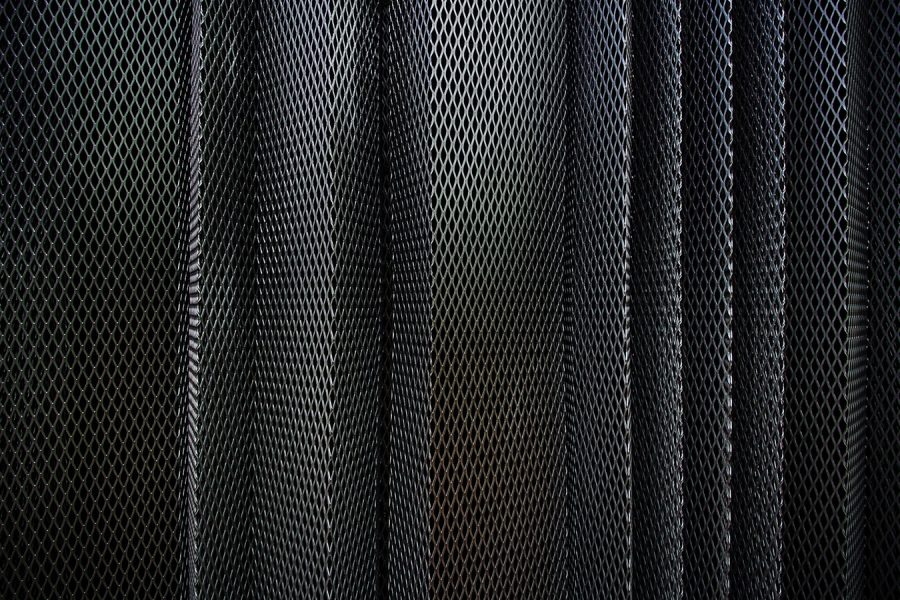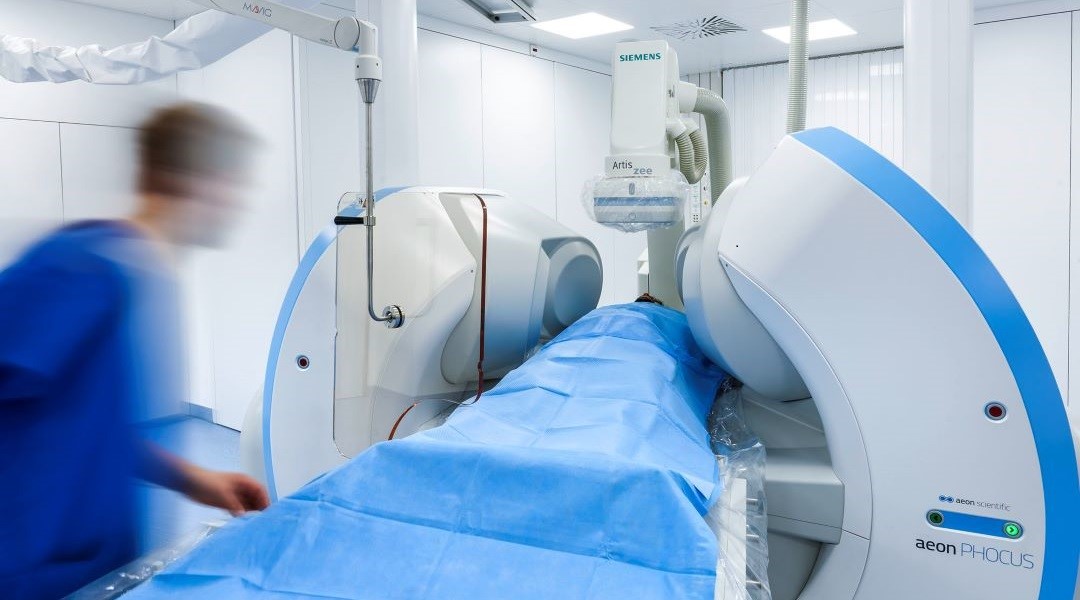“This work opens new avenues for material scientists and biologists to mimic in the lab the structure of living tissues and to upscale the production of engineered constructs.” ~ Dr. Riccardo Levato and Prof. Chris Moser.


“This work opens new avenues for material scientists and biologists to mimic in the lab the structure of living tissues and to upscale the production of engineered constructs.” ~ Dr. Riccardo Levato and Prof. Chris Moser.

In this essay, scientists from Spain and Denmark delve into the spectrum of possibilities offered by wearable and implantable healthcare devices and provide new insight into the cyborganic era.

Researchers create a soft robotic electronic skin with fingerprint-like patterns with future applications in prosthesis, wearable sensors, and medical devices.

A bioinspired, soft robotic caterpillar that uses the contraction of live heart cells to propel its motion.

Hybrid systems of hydrogels and metals with tough bonding may find widespread application in smart materials and device interfaces.

Thin, soft, and stretchable gallium-based sensors to accurately monitor human hand kinematics.

Enhancing the safety of minimally invasive surgical instruments through external magnetic control.

A cost‐effective, automated parasite diagnostic system that does not require special sample preparation or a trained user.

A research team has invented a new coating that could finally make safe and long lasting lightweight lithium metal batteries.

Is the T-1000 no longer science fiction?